The inhibition of hepatic stellate cell (HSC) proliferation has been considered as an effective therapeutic target for the treatment of liver fibrosis.
METHODS AND RESULTS:
The methanolic extract of Liriodendron tulipifera showed significant inhibitory activity against the proliferation of HSCs. Bioactivity-guided isolation afforded twelve compounds including (-)-sesamin (1), (-)-syringaresinol (2), (+)-Dihydrodehydrodiconiferyl alcohol (3), salvinal (4), (+)-guaiacylglycerol-8-O-4'-dihydroconiferyl ether (5), (±)-guaiacylglycerol-8-O-4'-sinapyl alcohol ether (6), tanegool (7), (+)-5,5'-dimethoxy-7-oxolariciresinol (8), 3-hydroxy-4-methoxyacetophenone (9), 4-acetoxymethylphenol (10), (-)-paramicholide (11), and blumenol A (12). Among the compounds isolated, 2, 3 and 4 significantly attenuated the proliferation of the activated HSC-T6 cells. The maximal dose of these compounds, however, showed no cytotoxicity in primary cultured rat hepatocytes. Collagen deposition in the activated HSC-T6 cells was reduced by 2, 3 and 4. Also, the increased production of the pro-inflammatory cytokine tumor necrosis factor (TNF)-α induced by lipopolysaccharide was decreased by 3 and 4 in RAW264.7 macrophage cells. Collectively, (-)-syringaresinol (2), (+)-Dihydrodehydrodiconiferyl alcohol (3), and salvinal (4) isolated from L. tulipifera leaves and twigs exhibited selective antifibrotic activities toward the activated HSCs and suppressed TNF-α production in RAW264.7 macrophages.
CONCLUSIONS:
These compounds may be useful candidates for developing therapeutic agents for the prevention and treatment of hepatic fibrosis. |



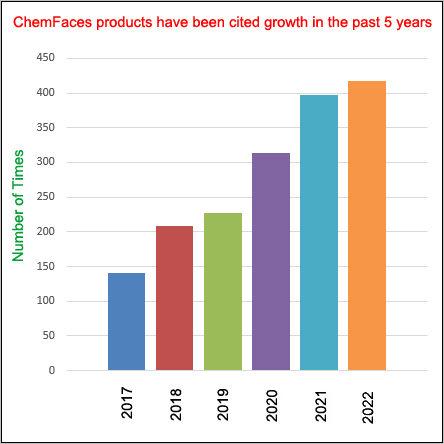
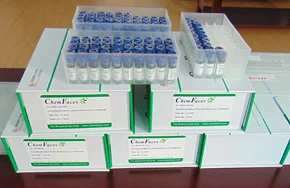
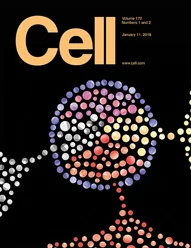 Cell. 2018 Jan 11;172(1-2):249-261.e12. doi: 10.1016/j.cell.2017.12.019.IF=36.216(2019)
Cell. 2018 Jan 11;172(1-2):249-261.e12. doi: 10.1016/j.cell.2017.12.019.IF=36.216(2019)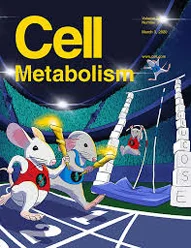 Cell Metab. 2020 Mar 3;31(3):534-548.e5. doi: 10.1016/j.cmet.2020.01.002.IF=22.415(2019)
Cell Metab. 2020 Mar 3;31(3):534-548.e5. doi: 10.1016/j.cmet.2020.01.002.IF=22.415(2019)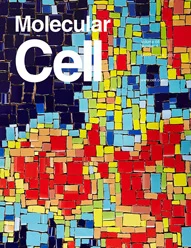 Mol Cell. 2017 Nov 16;68(4):673-685.e6. doi: 10.1016/j.molcel.2017.10.022.IF=14.548(2019)
Mol Cell. 2017 Nov 16;68(4):673-685.e6. doi: 10.1016/j.molcel.2017.10.022.IF=14.548(2019)